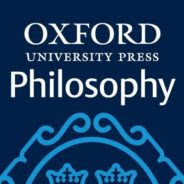- Sometimes, people are so far ahead of the curve that it takes everybody else hundreds of years to catch up to their ideas.
- While many people are content to quietly sit back and flow with popular opinion, these nine thinkers let the world know what it was doing wrong, often with major consequences.
- These great thinkers remind us that taking an unpopular, bold stance might not be madness.
These great thinkers remind us that taking an unpopular, bold stance might not be madness, observes Scotty Hendricks, Chicago based writer.
 |
| Photo: Big Think |
Here, we have nine scientific and social visionaries who were well ahead of everybody else. The names of others like them have been lost to history, buried under the weight of popular opinion. These bold few are the ones we know about.
Read more...
Source: Big Think




































